Forums
- Forums
- Duggy's Reference Hangar
- USAAF / USN Library
- American Mosquitos
American Mosquitos
Post a reply
- Go to Previous topic
- Go to Next topic
- Go to Welcome
- Go to Introduce Yourself
- Go to General Discussion
- Go to Screenshots, Images and Videos
- Go to Off topic
- Go to Works in Progress
- Go to Skinning Tips / Tutorials
- Go to Skin Requests
- Go to IJAAF Library
- Go to Luftwaffe Library
- Go to RAF Library
- Go to USAAF / USN Library
- Go to Misc Library
- Go to The Ops Room
- Go to Made in Germany
- Go to Campaigns and Missions
- Go to Works in Progress
- Go to Juri's Air-Raid Shelter
- Go to Campaigns and Missions
- Go to Works in Progress
- Go to Skinpacks
- Go to External Projects Discussion
- Go to Books & Resources
-
11 years agoFri Apr 29 2016, 01:22pm
 Main AdminAlthough best known for their service with the Royal Air Force, Mosquitoes were also flew in several U.S. Army Air Force units as photographic and weather reconnaissance aircraft and as a night fighter. During the war, the USAAF acquired 40 Canadian Mossies and flew them under the American F-8 (photo reconnaissance) designation. In addition, the British turned over more than 100 Mosquitoes to the USAAF under Reverse Lend-Lease. These aircraft retained their British designations.
Main AdminAlthough best known for their service with the Royal Air Force, Mosquitoes were also flew in several U.S. Army Air Force units as photographic and weather reconnaissance aircraft and as a night fighter. During the war, the USAAF acquired 40 Canadian Mossies and flew them under the American F-8 (photo reconnaissance) designation. In addition, the British turned over more than 100 Mosquitoes to the USAAF under Reverse Lend-Lease. These aircraft retained their British designations.
Just before D-Day (the June 6, 1944, invasion of France), black and white stripes were applied almost overnight to a vast majority of U.S. and British aircraft to clearly identify them during the Normandy landings. In the rush to mark all the aircraft, masking and spraying sometimes gave way to more expeditious method of painting them by hand.
The 652nd BS originated as a provisional weather reconnaissance unit which was formed at St. Eval with B-17Fs on 8 Sep 1943 for conducting Atlantic meteorological flight. Moved to Bovingdon in Nov. 1943. Had flown 231 weather sorties when reorganized as 8th WRS (H) (P) on 28 Mar 1944. Two other squadron were established at the same date for special reconnaissance operations in enemy air space. Equipped with Mosquitos, WRS(L) (P) engaged chiefly in weather flight over the continent. Later weather scouting missions in advance of bomber formations and visual coverage of target strikes. WRS(Sp)(P) flew photo recon, sorties by day and night. Later duties included 'chaff' screening flights for bomber mission. Nucleus for both Mosquito squadrons came from ex P-38 pilots of 50 Fighter Squadron who were transferred Iceland from Feb 1944. Redeployed USA Jul/Aug 1945. Group established Drew, Florida and inactivated 8 Sep 1945.
Although the USAAF used the De Havilland Mosquito PR.Mk XVI primarily in the photo-reconnaissance role in Europe, there were two lesser-known types of missions flown by the two squadrons of the 25th Bomb Group at were equipped with the Mosquito.
"Mickey ships" were specially-modified Mosquitos that were equipped with the H2X radar set used on the B-17 Flying Fortress. A bulged nose housing held the H2X scanner with the amplifier and electronics crammed in the nose and bomb bay. The radar scope itself, though, was in the rear fuselage. Before the approach to the target, the observer had to climb over the equipment in the bomb bay and into the rear fuselage where he either photographed the radar display or filmed it with a movie camera. The purpose of the "Mickey ships" was to get radar navigation images of the approaches to German targets. These images would be then correlated with maps to provide the B-17 navigators with poor-weather approaches to high-priority targets in Germany.
The H2X drew a current that often was more than the electrical system of the Mosquito and the equipment often arced, aborting the mission. If bailout was necessary, the observer had to climb over the equipment and jump out the bomb bay- assuming of course, the crew remembered to open the bay doors.
The other lesser-known USAAF Mosquito mission was code-named "Red Stocking" and were done in conjunction with the OSS, the CIA's predecessor. Equipped the special equipment, the Red Stocking Mosquito flights flew deep into Germany to detect and record UHF transmissions from OSS agents in the field. The bomb bay was modified to take the receiving equipment, an oxygen system, and accommodations for the observer who operated the receiving set.
The OSS agent carried what was called the "Joan-Eleanor" device, which was a four-pound radio set that beamed the agent's reports on a very narrow beam that was nearly impossible for German counterintelligence to detect via triangulation. A Red Stocking Mosquito would fly overhead a predetermined point at a particular time so the OSS agent could point the Joan-Eleanor antenna in the right direction. The missions were flown singly and at high altitude, often at night. In one mission, a Red Stocking flight circled over Berlin at over 30,000 feet to communicate with several OSS agents in the city.
TECHNICAL NOTES:
Armament: 4,000 lbs. of bombs in bomber version
Engines: Two Rolls-Royce Merlins of 1,690 hp each
Maximum speed: 415 mph
Cruising speed: 276 mph
Range: 1,955 miles
Ceiling: 42,000 ft.
Span: 54 ft. 2 in.
Length: 40 ft. 6 in.
Height: 12 ft. 6 in.
Weight: 23,000 lbs. loaded
As usual right click
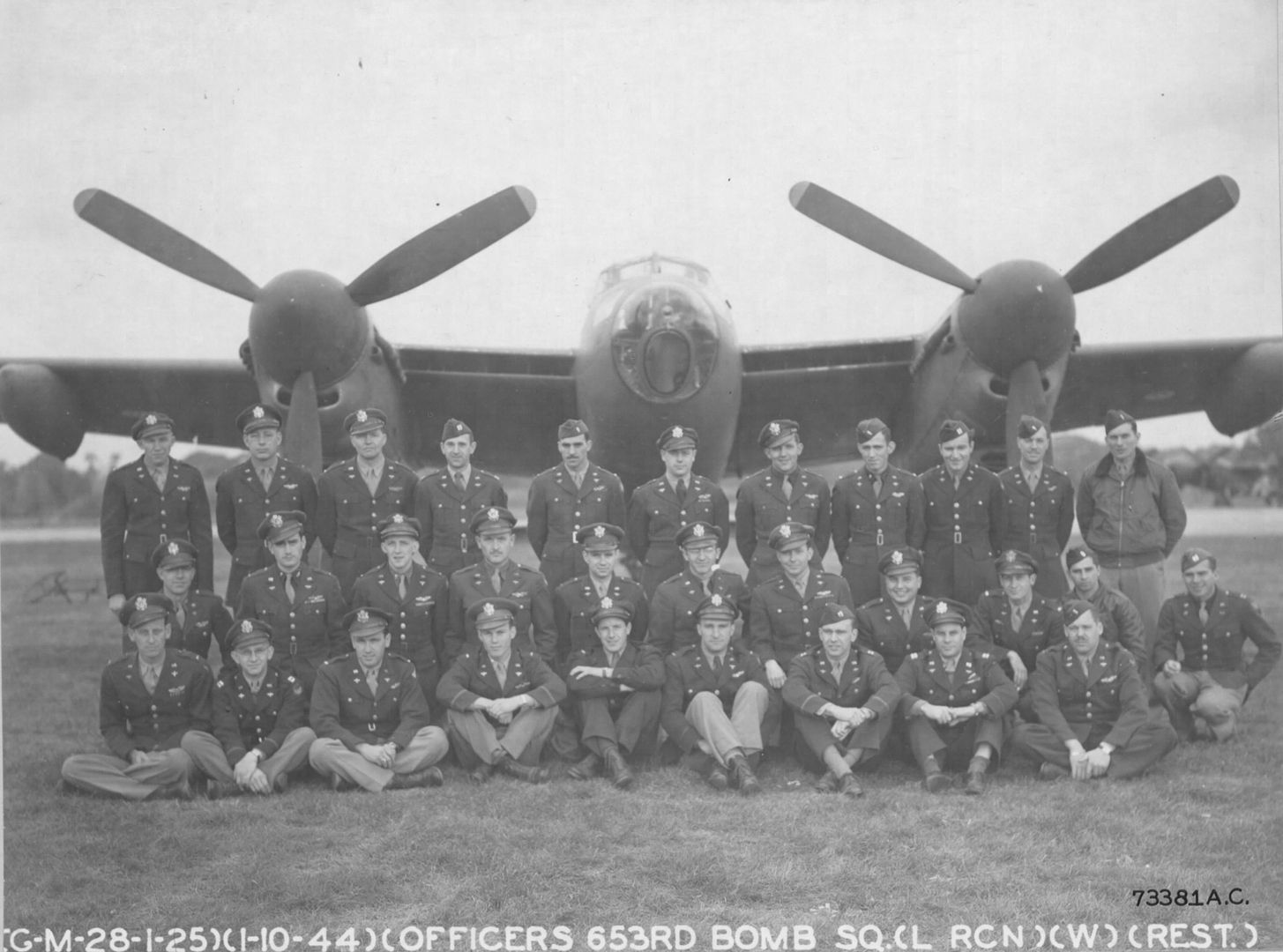
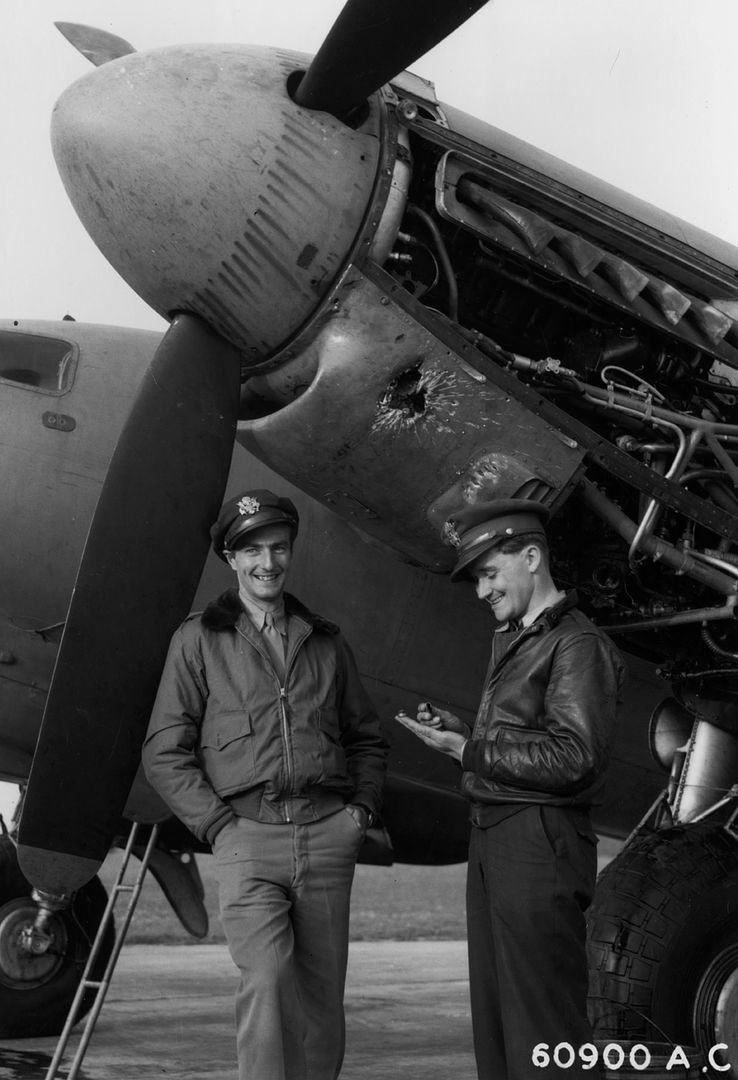
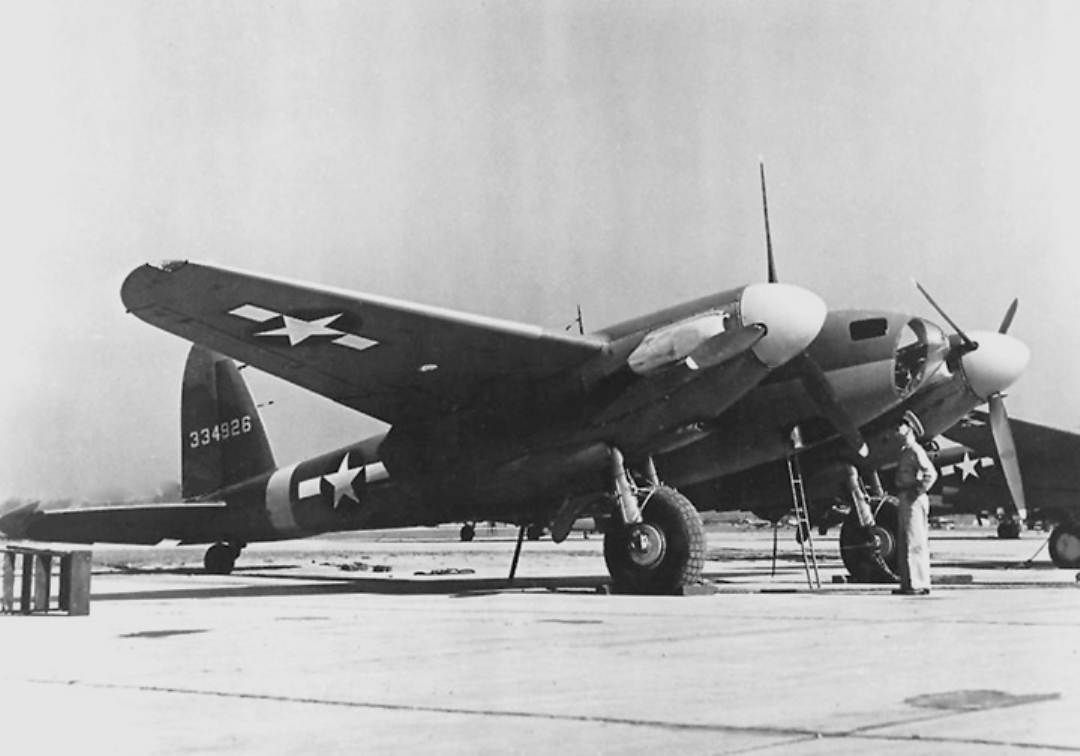
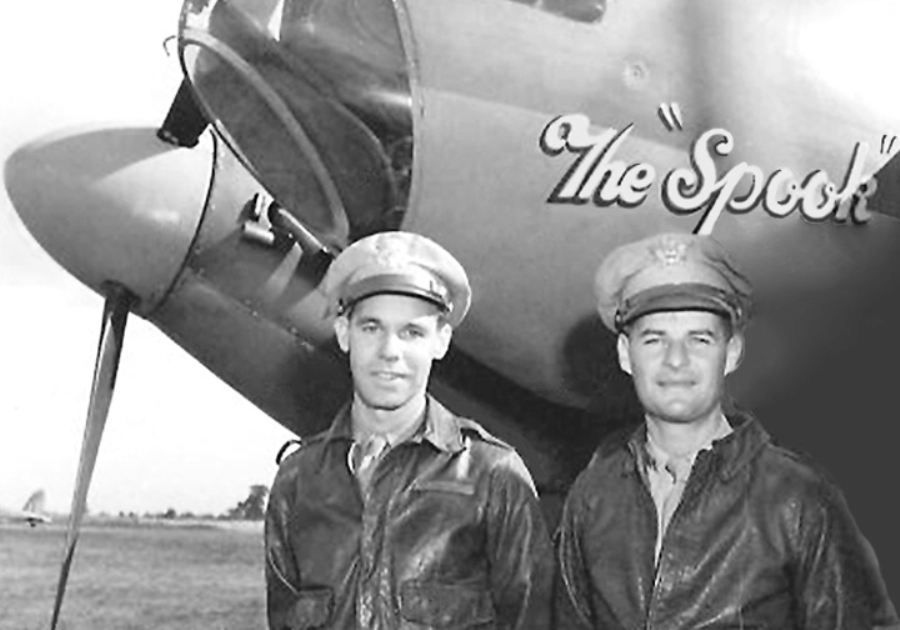
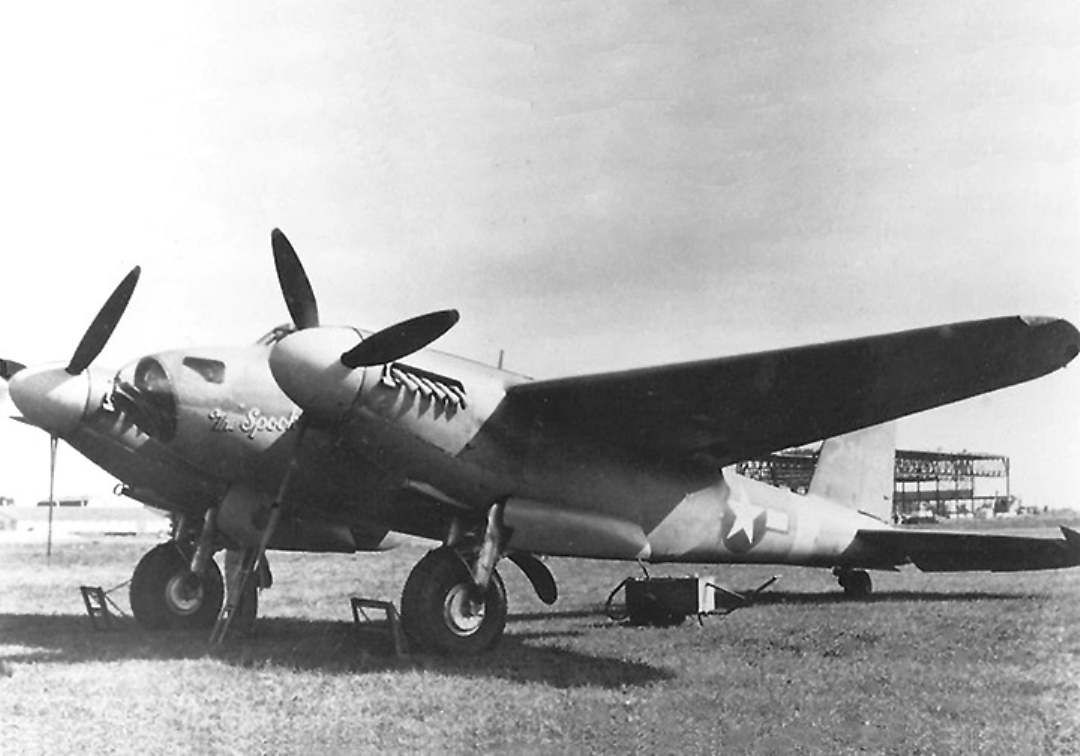
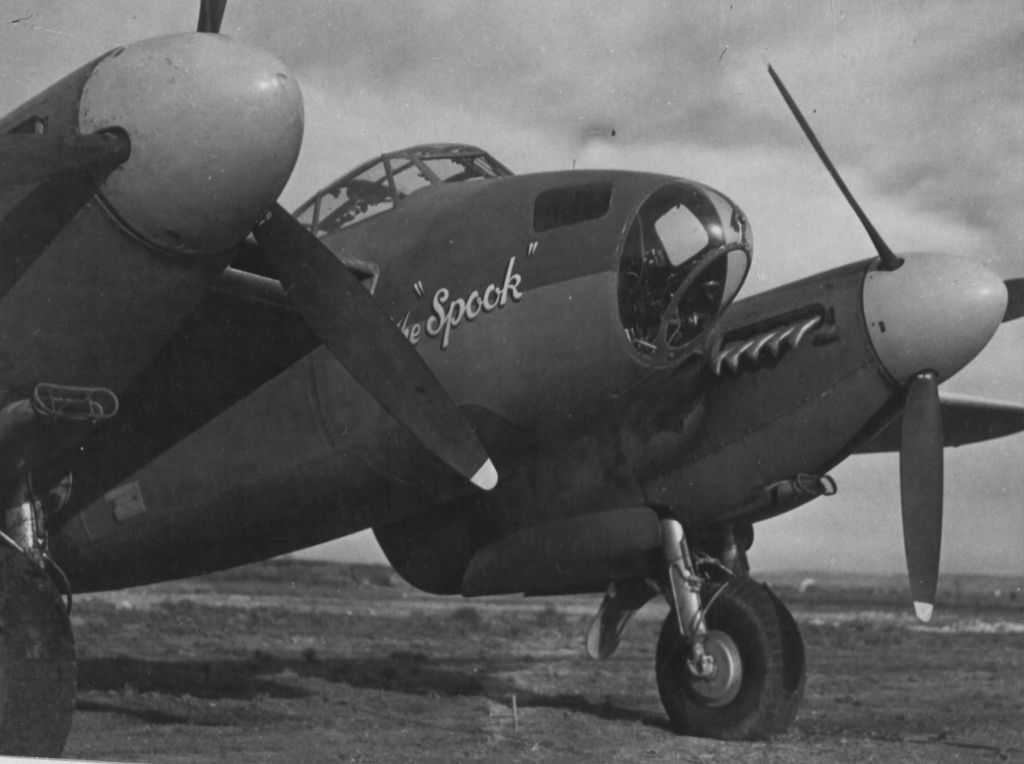

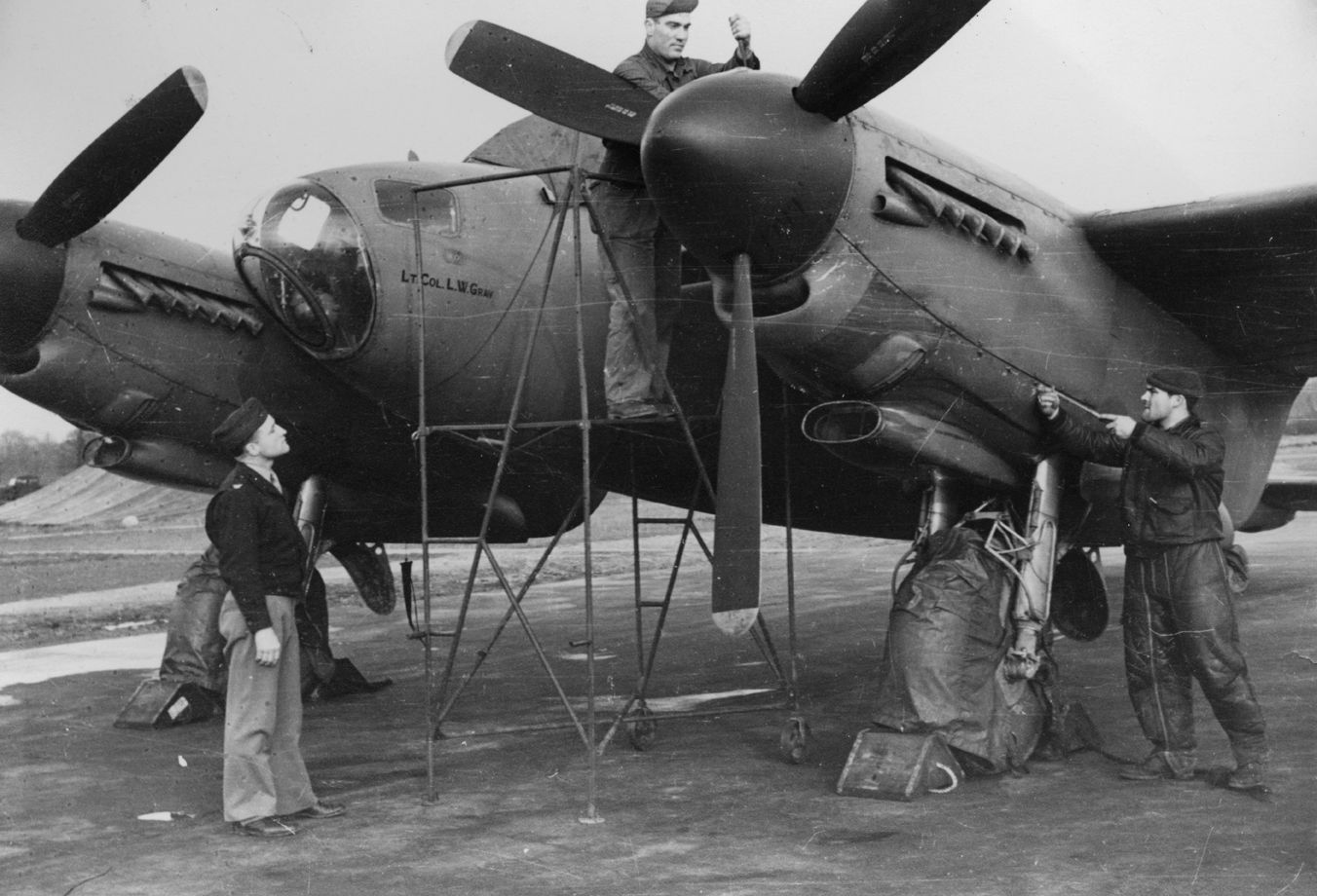
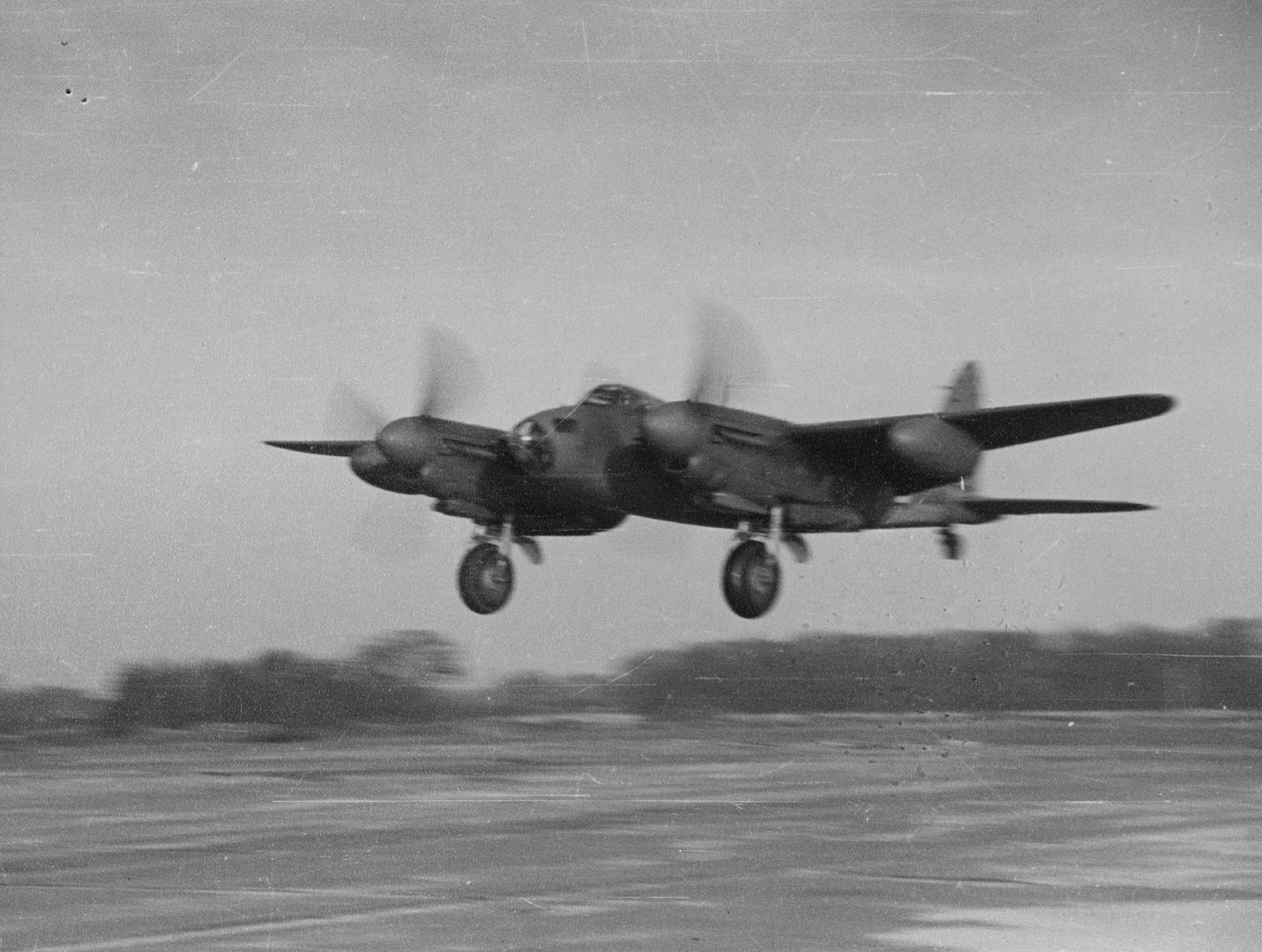
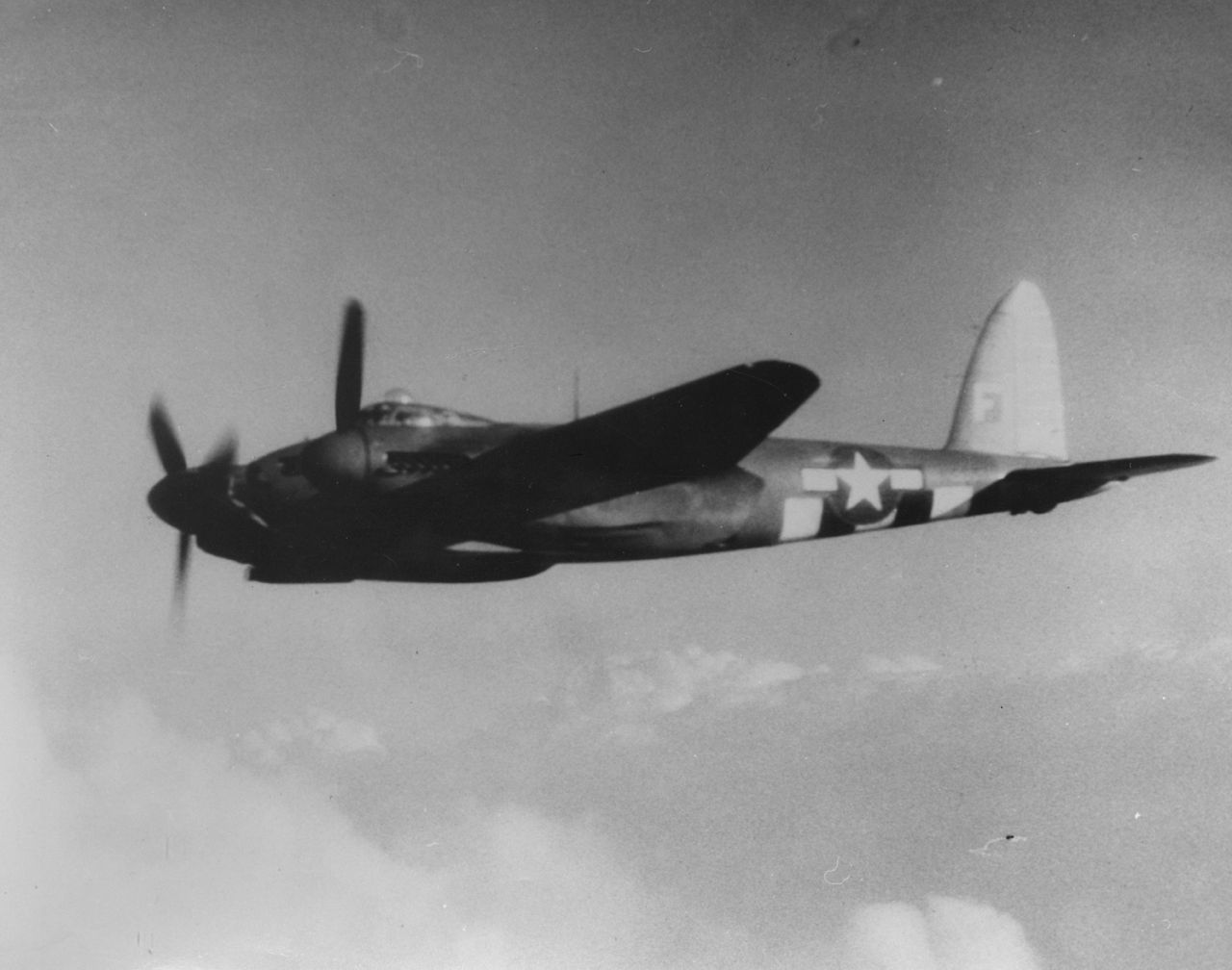
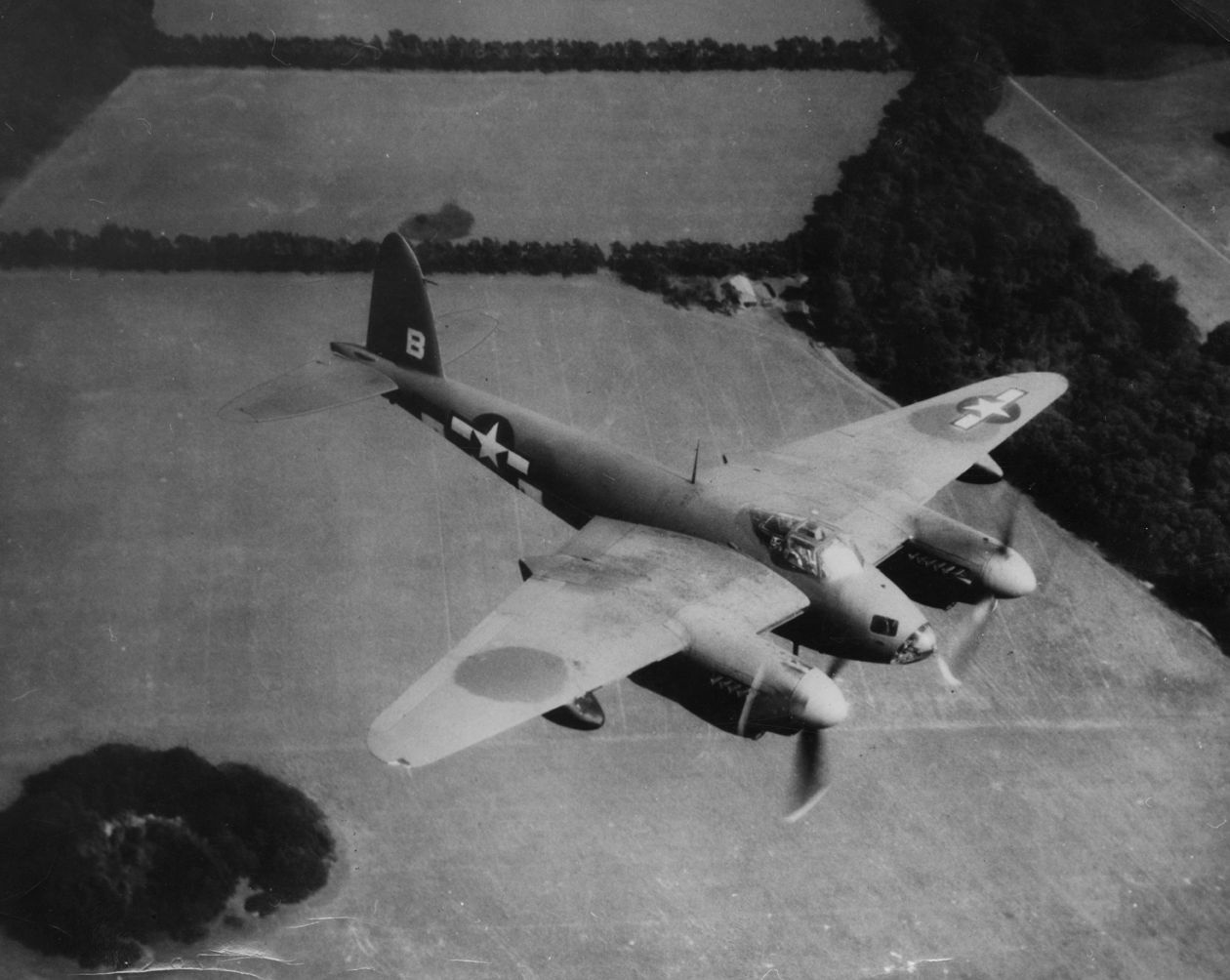
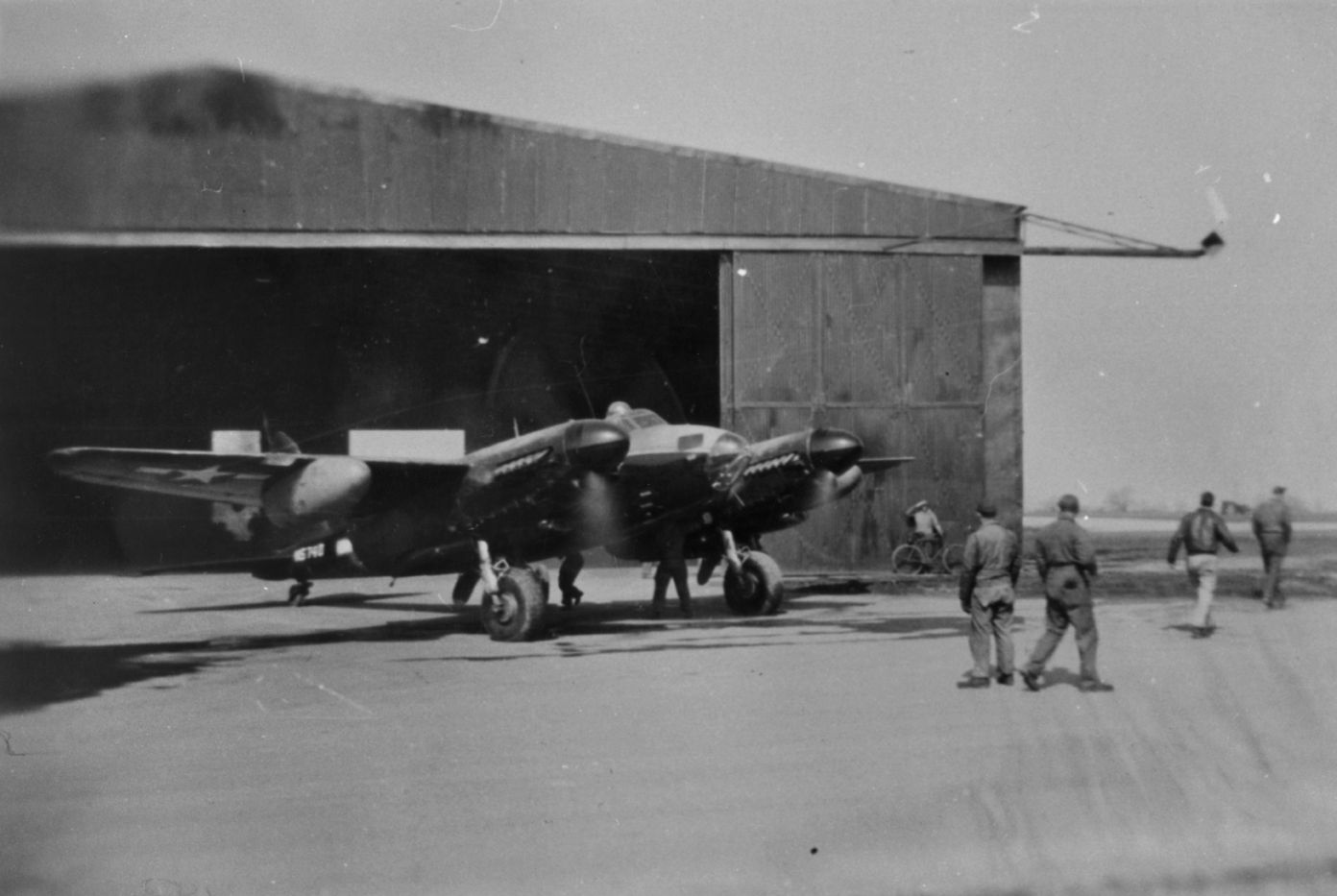

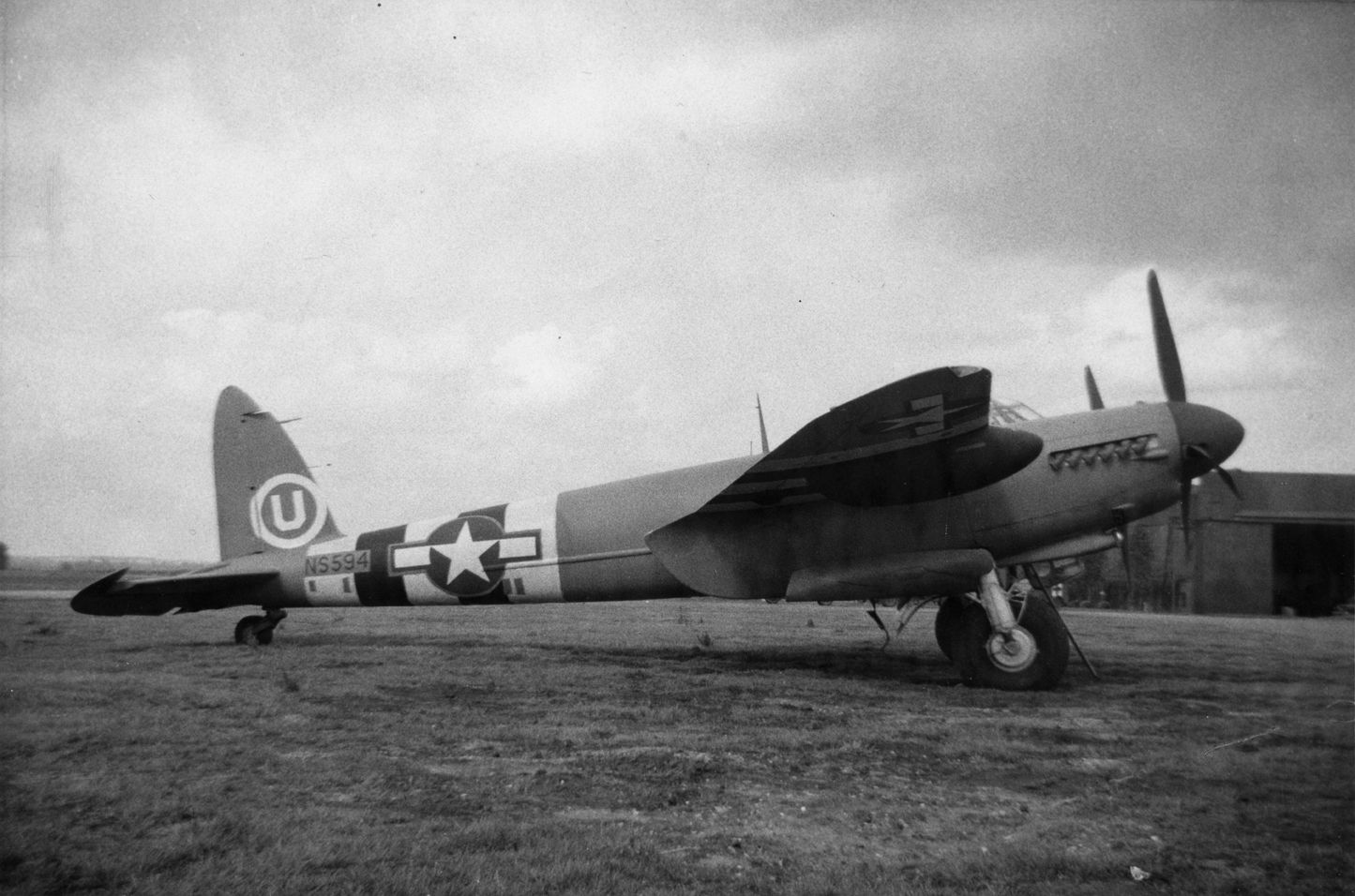
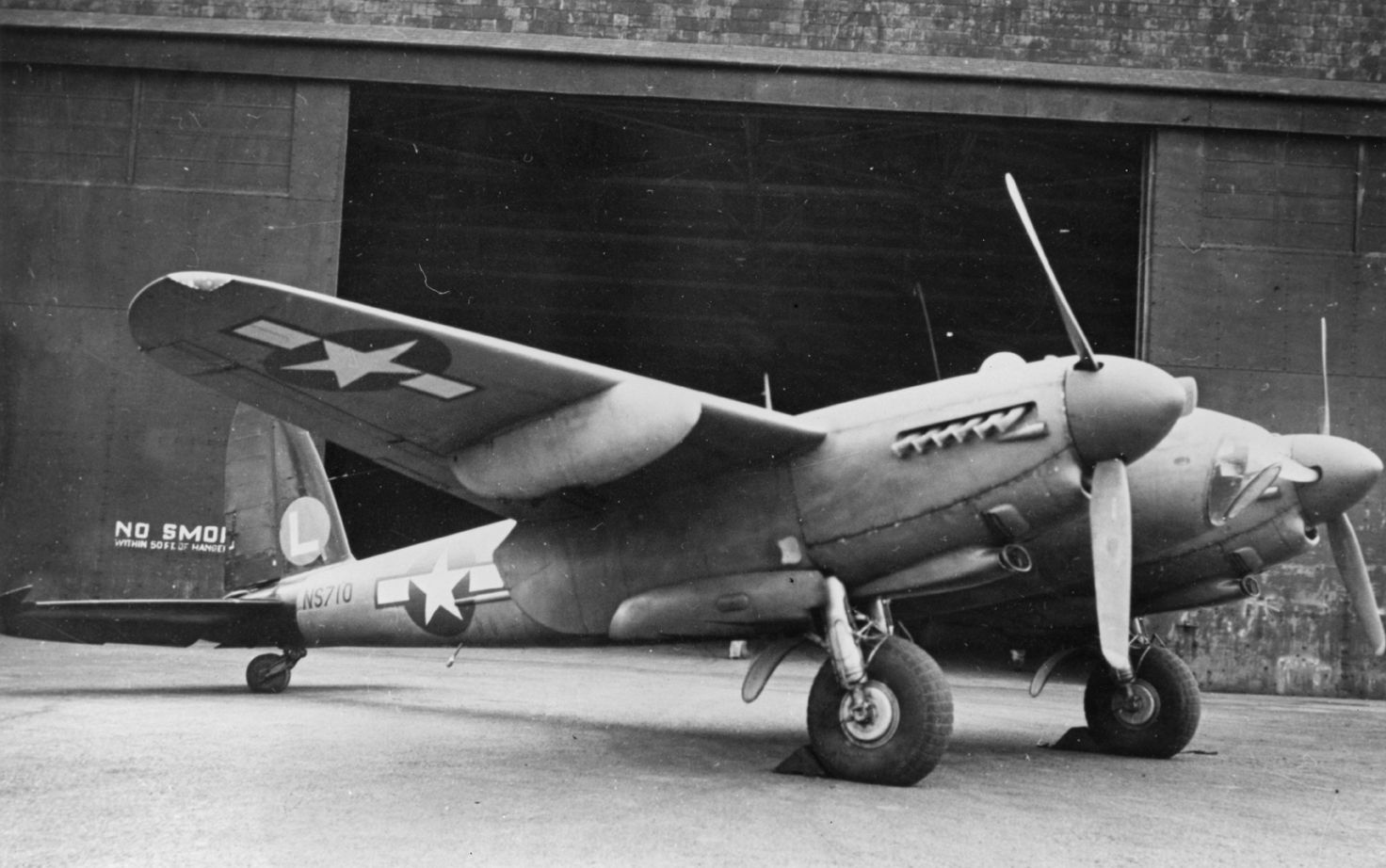


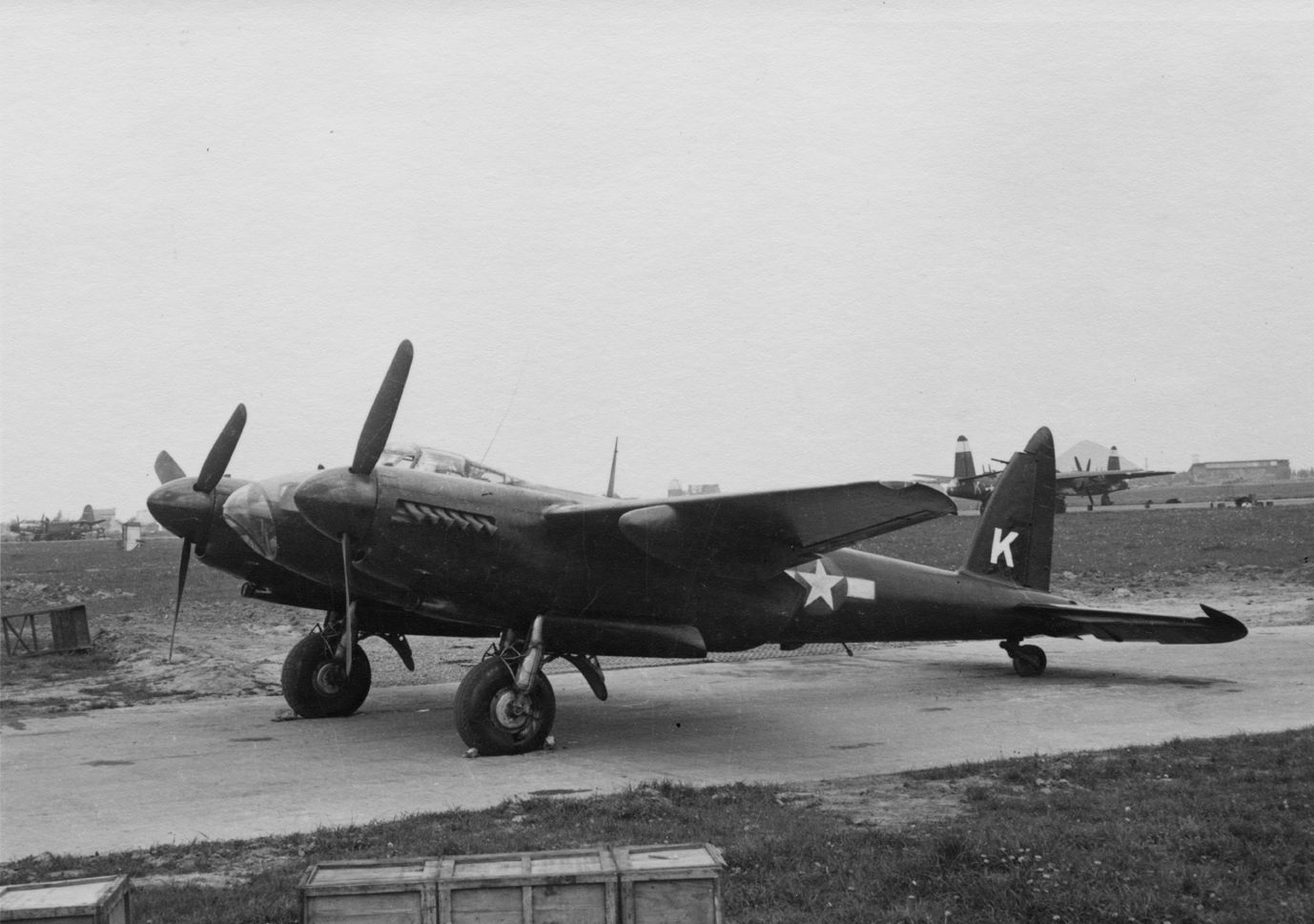
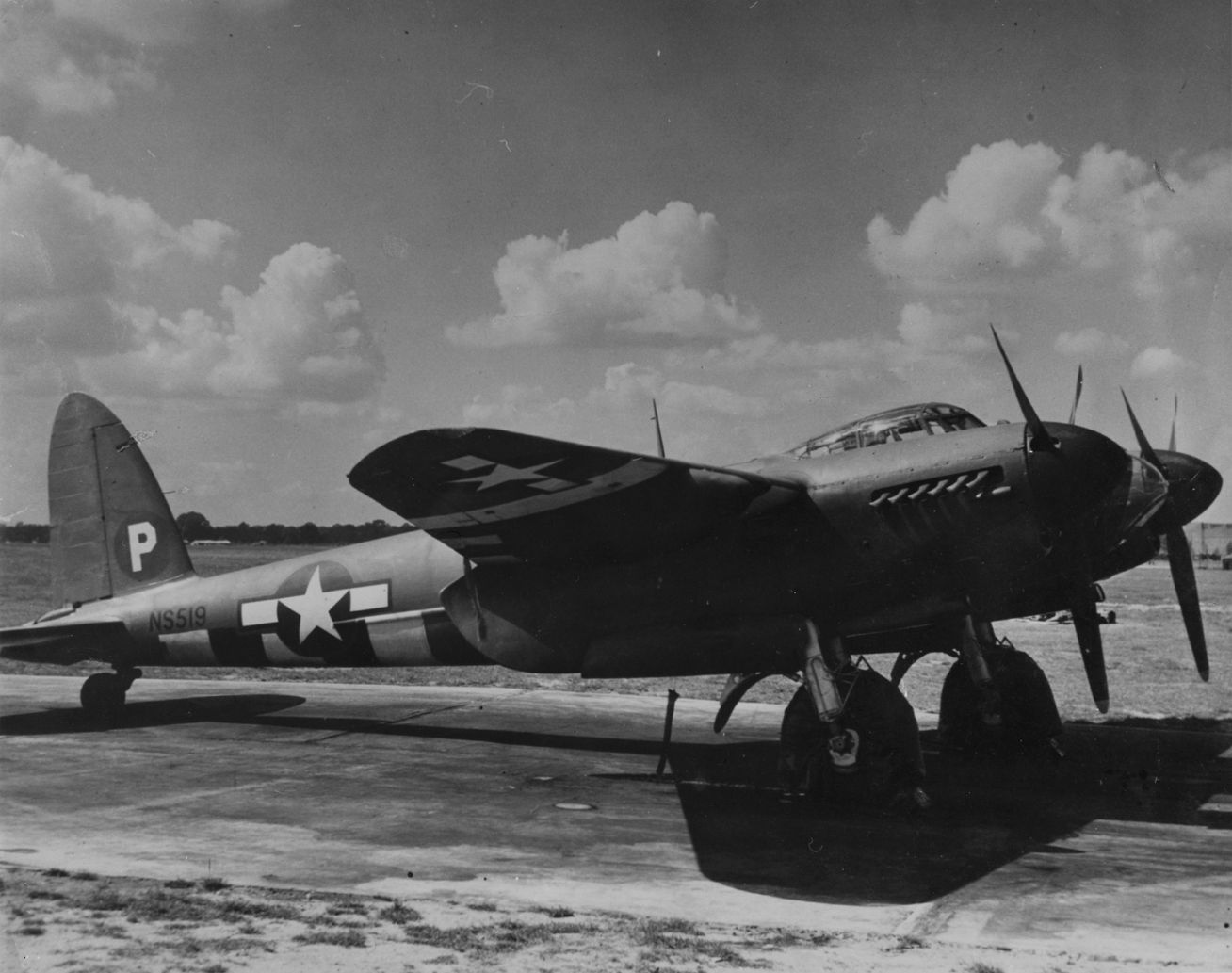
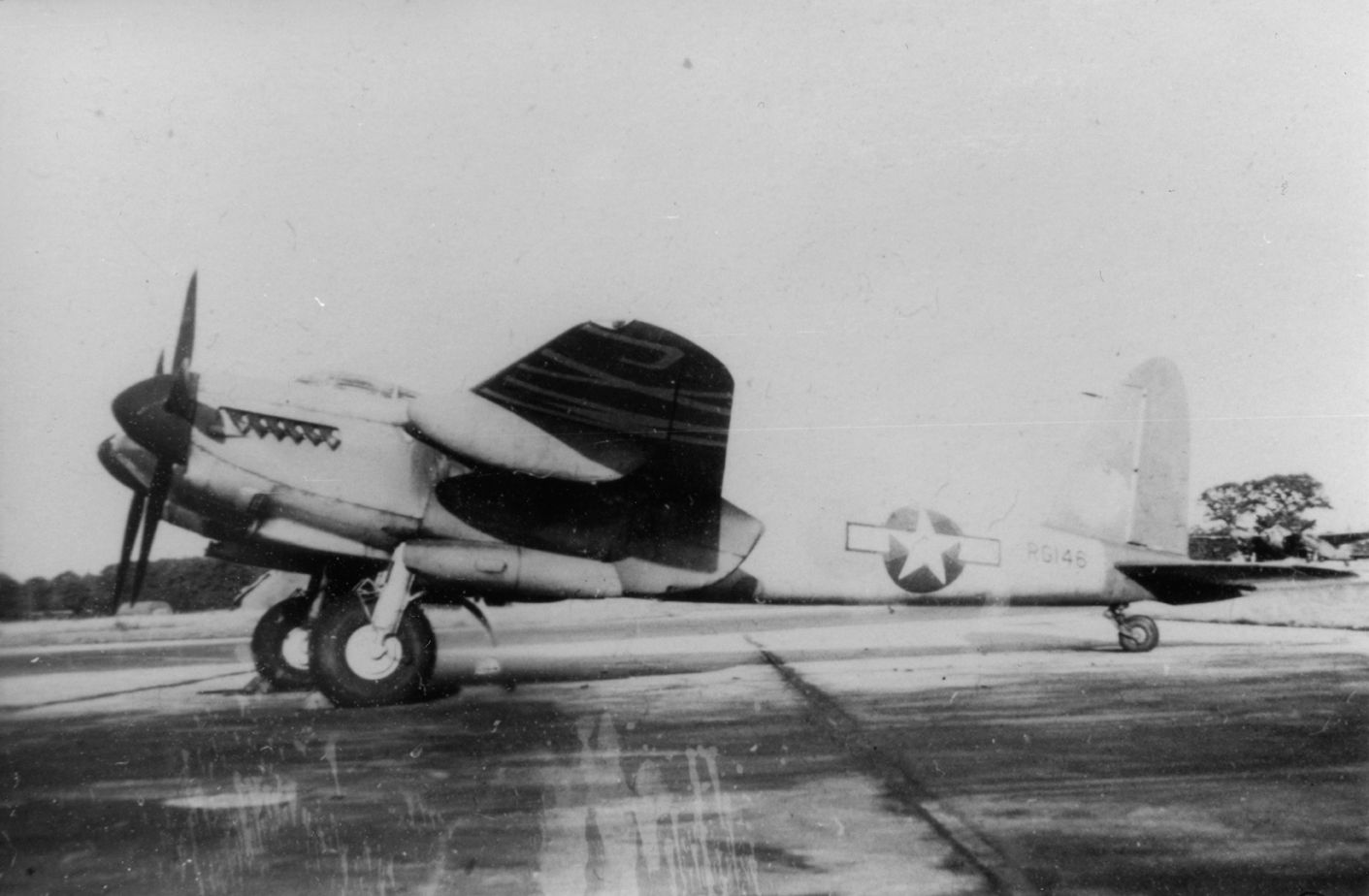
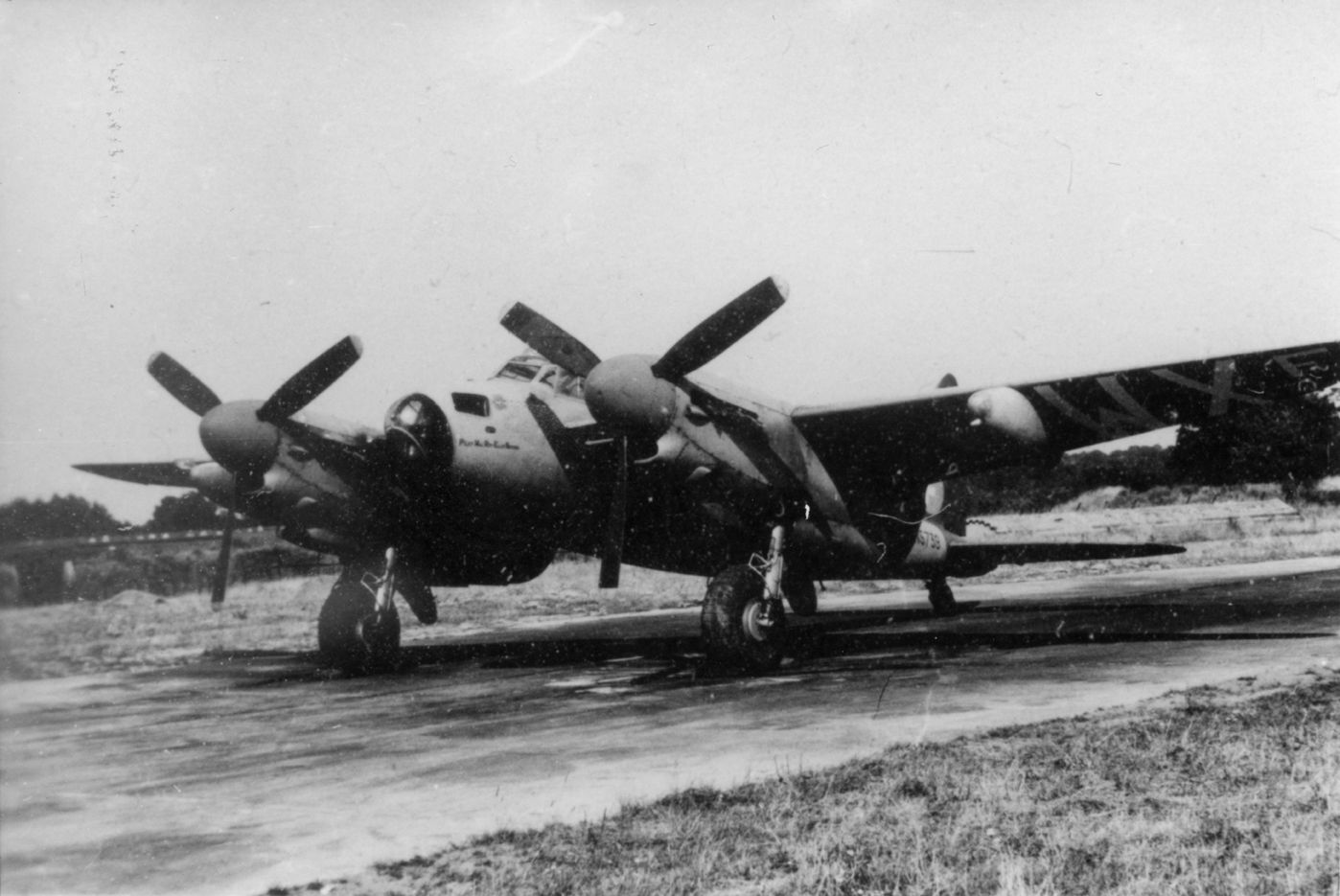
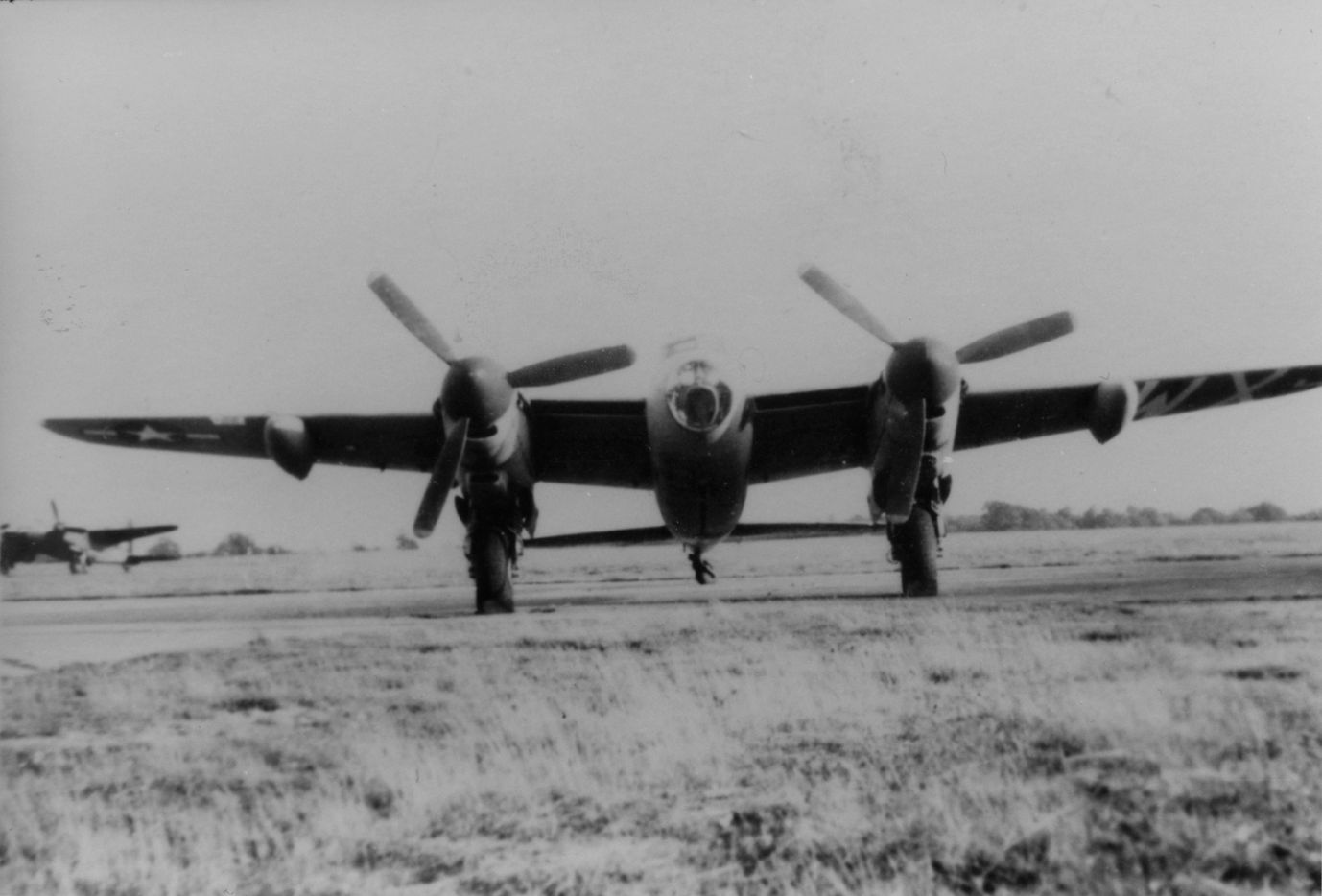
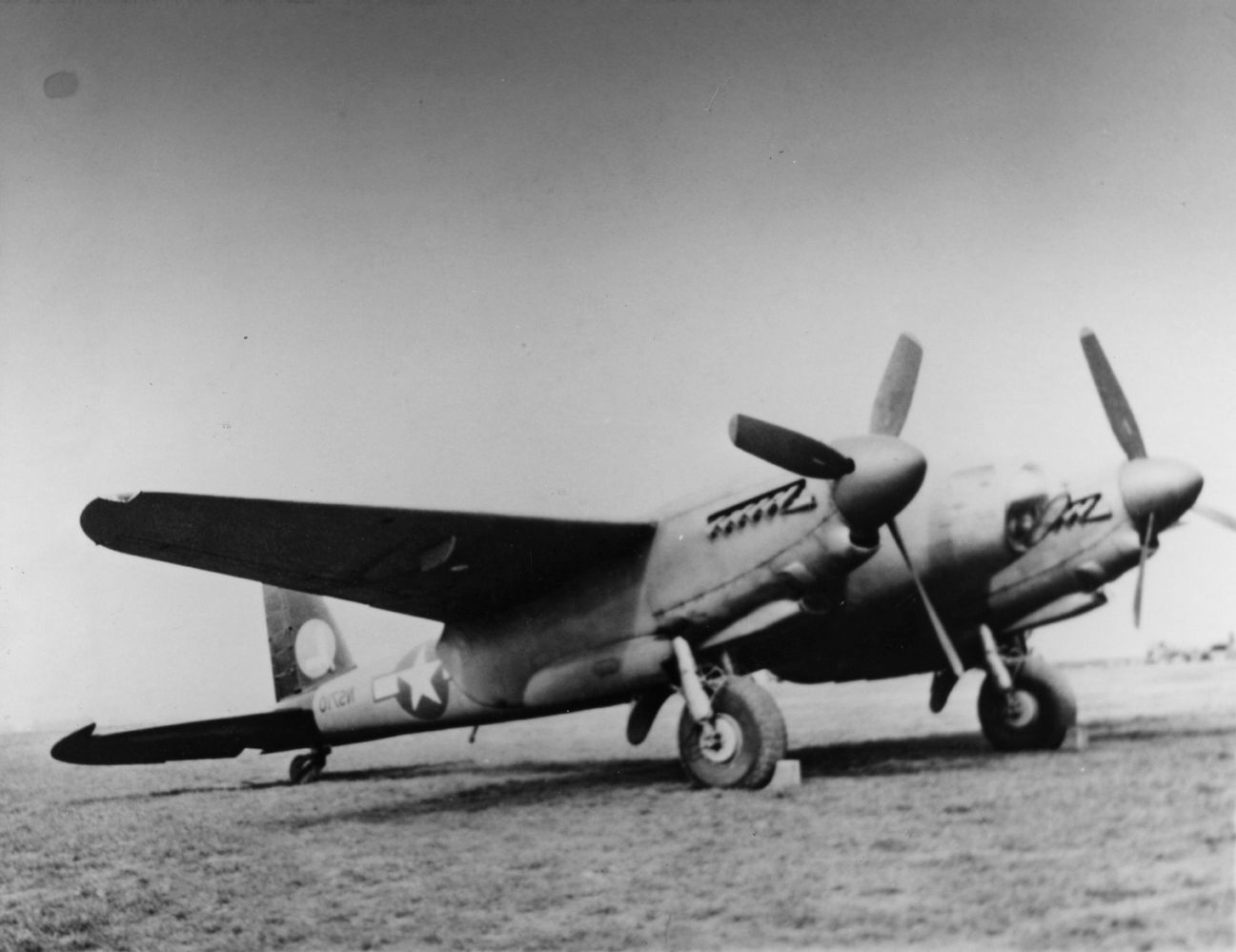

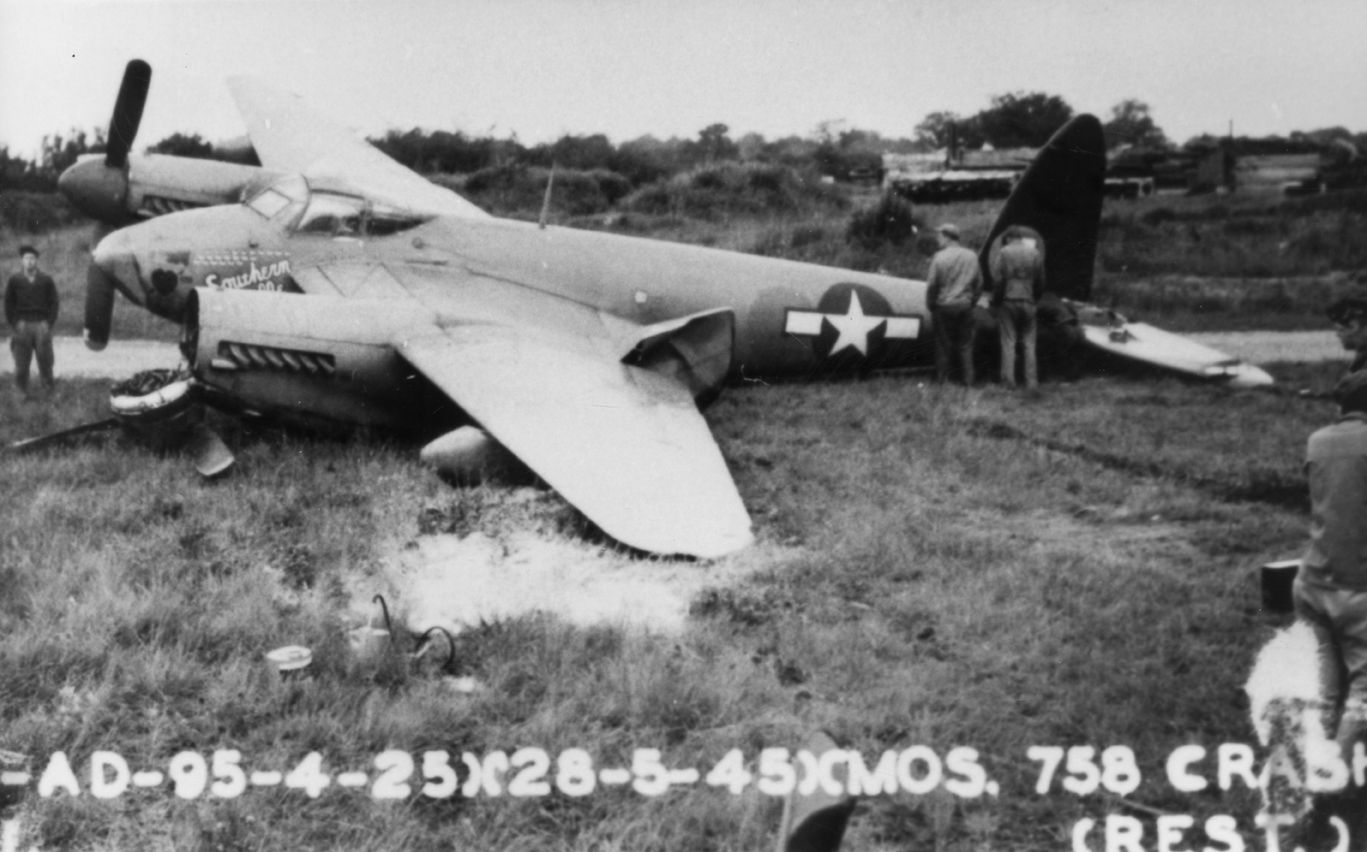
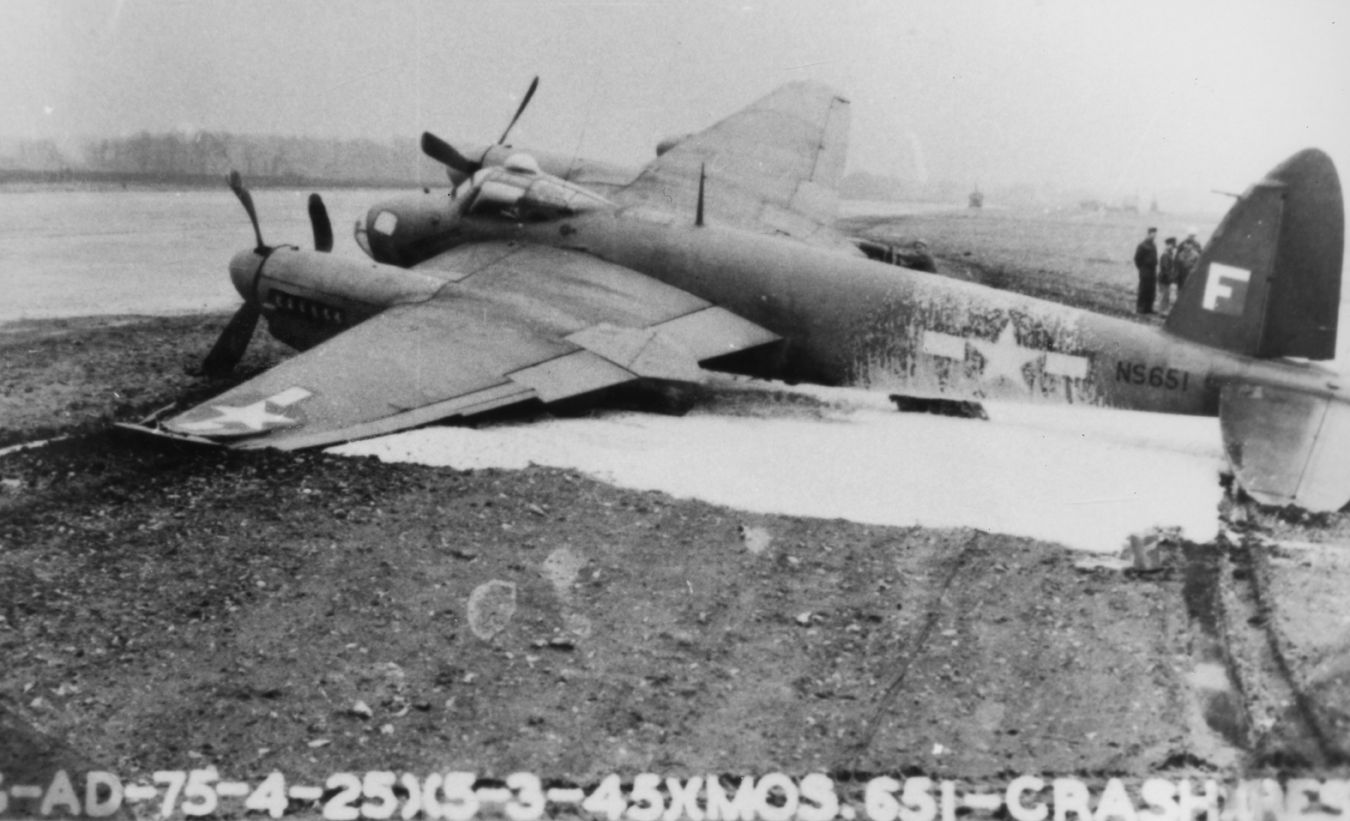
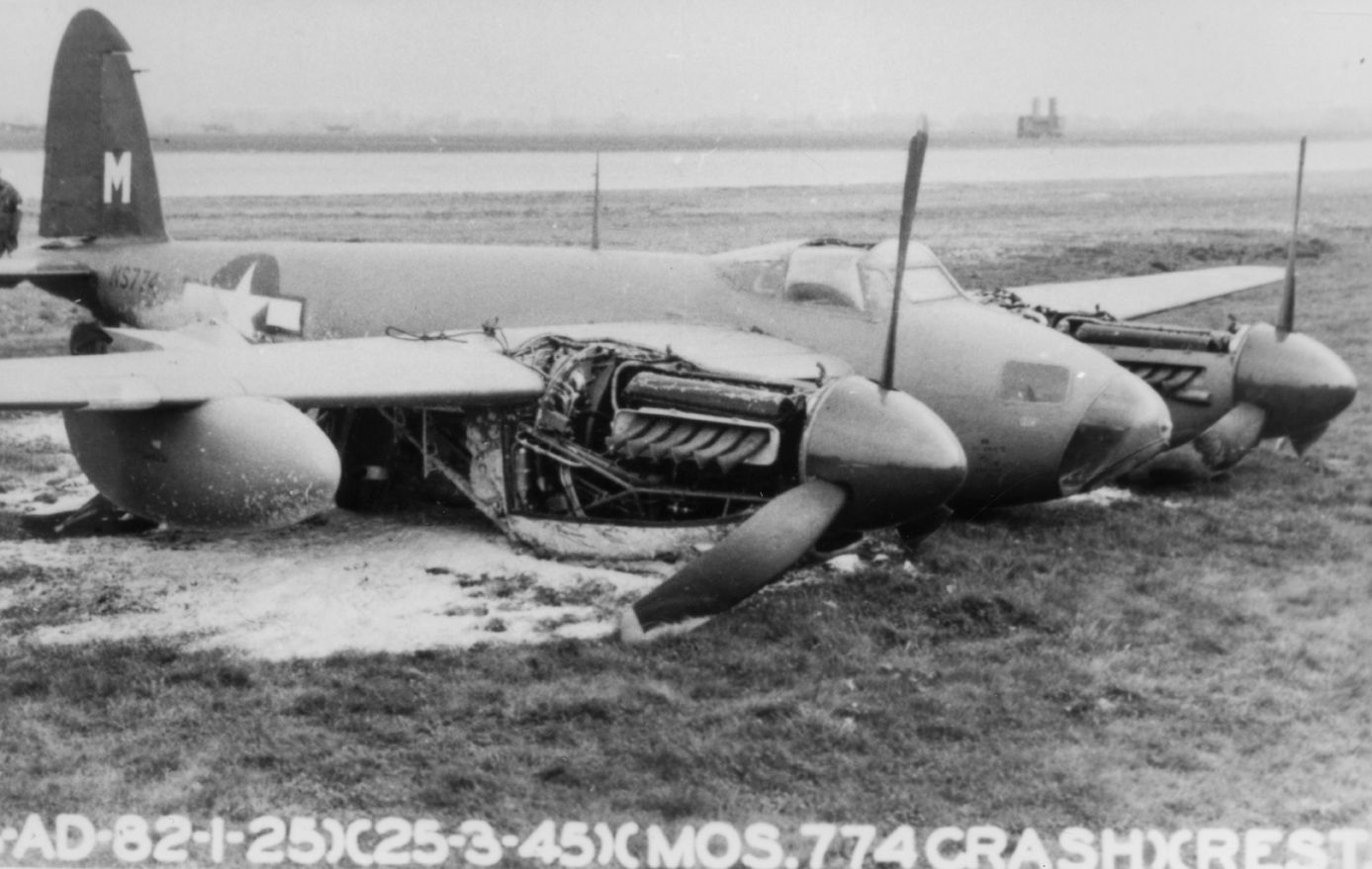


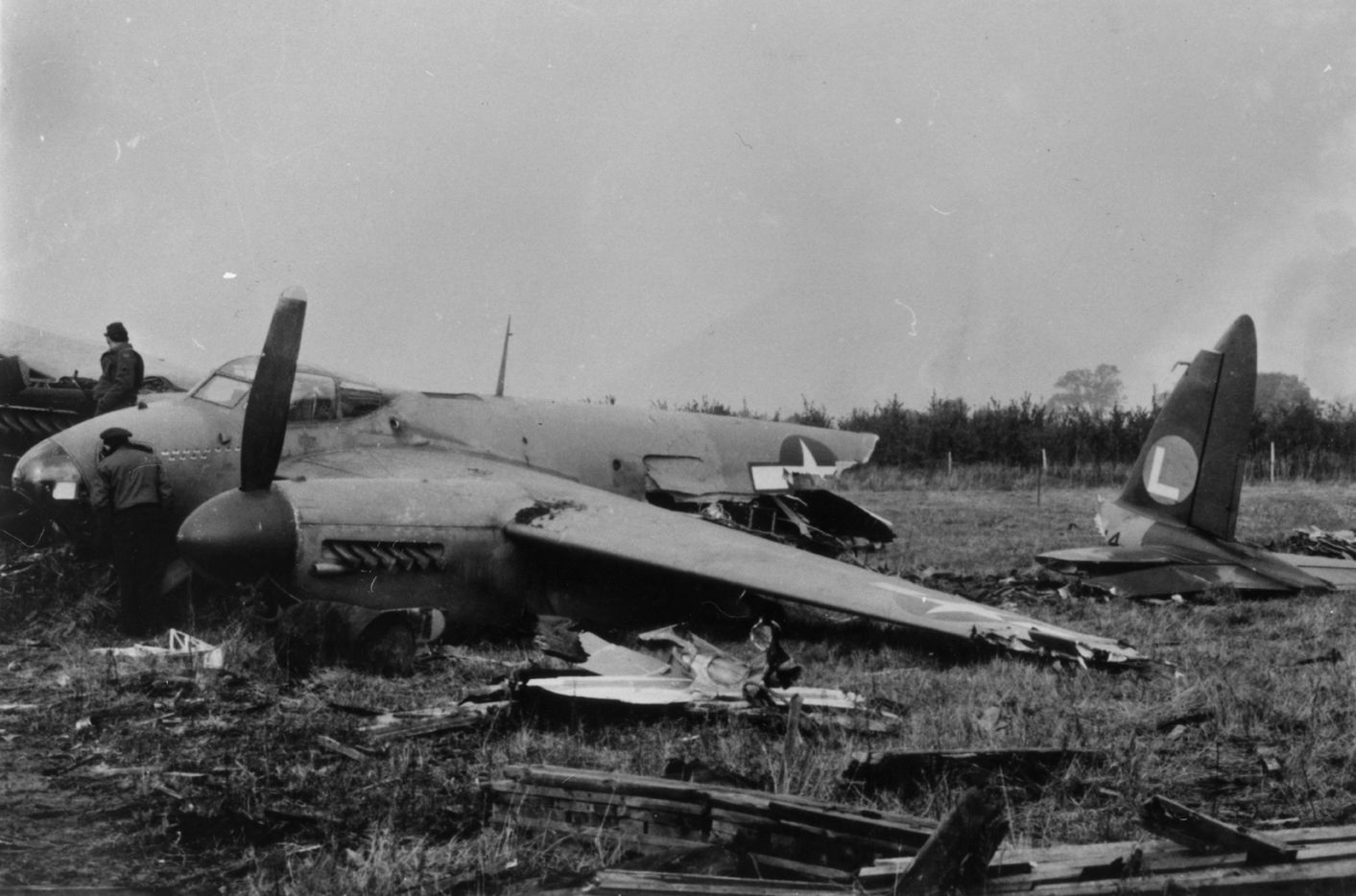
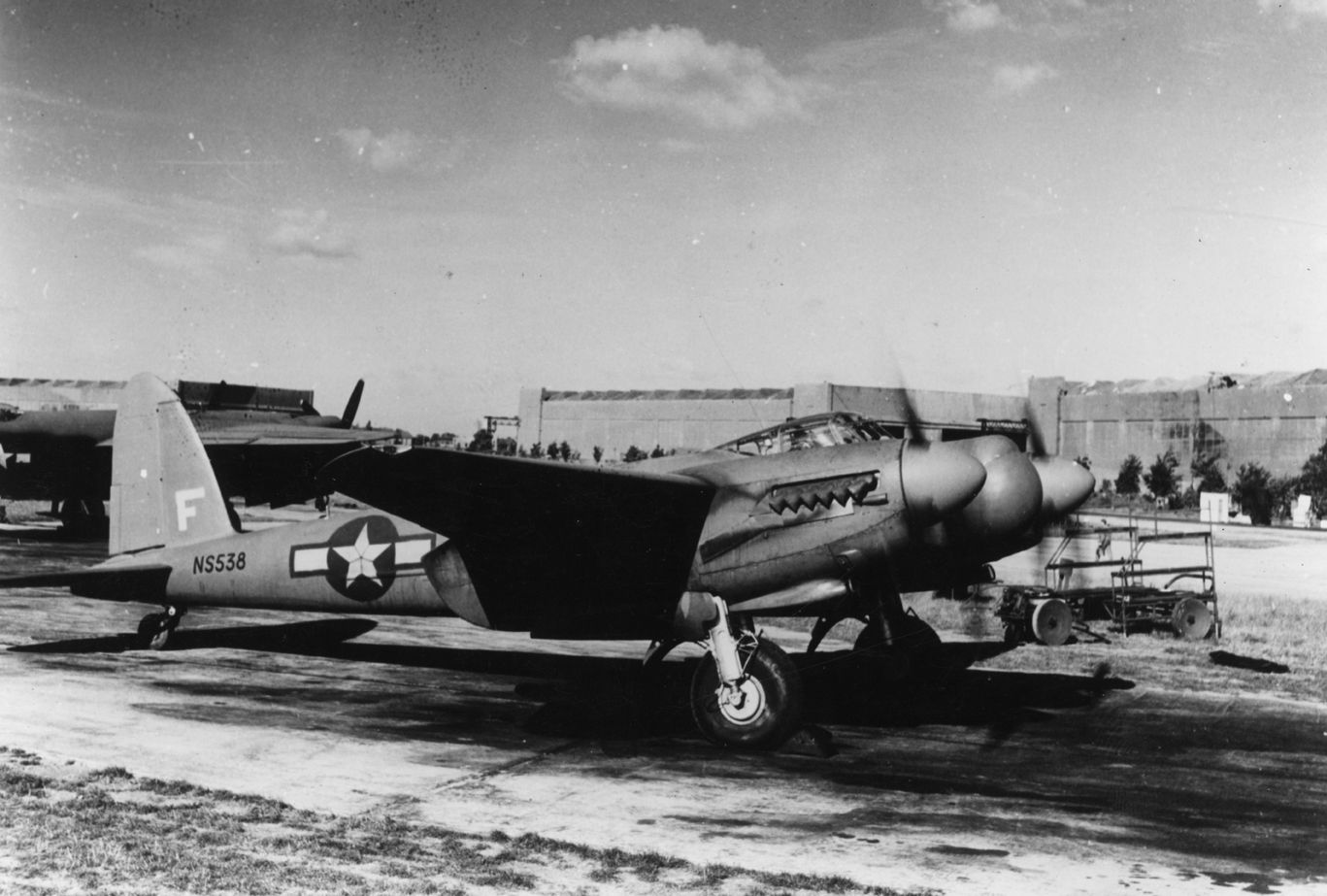
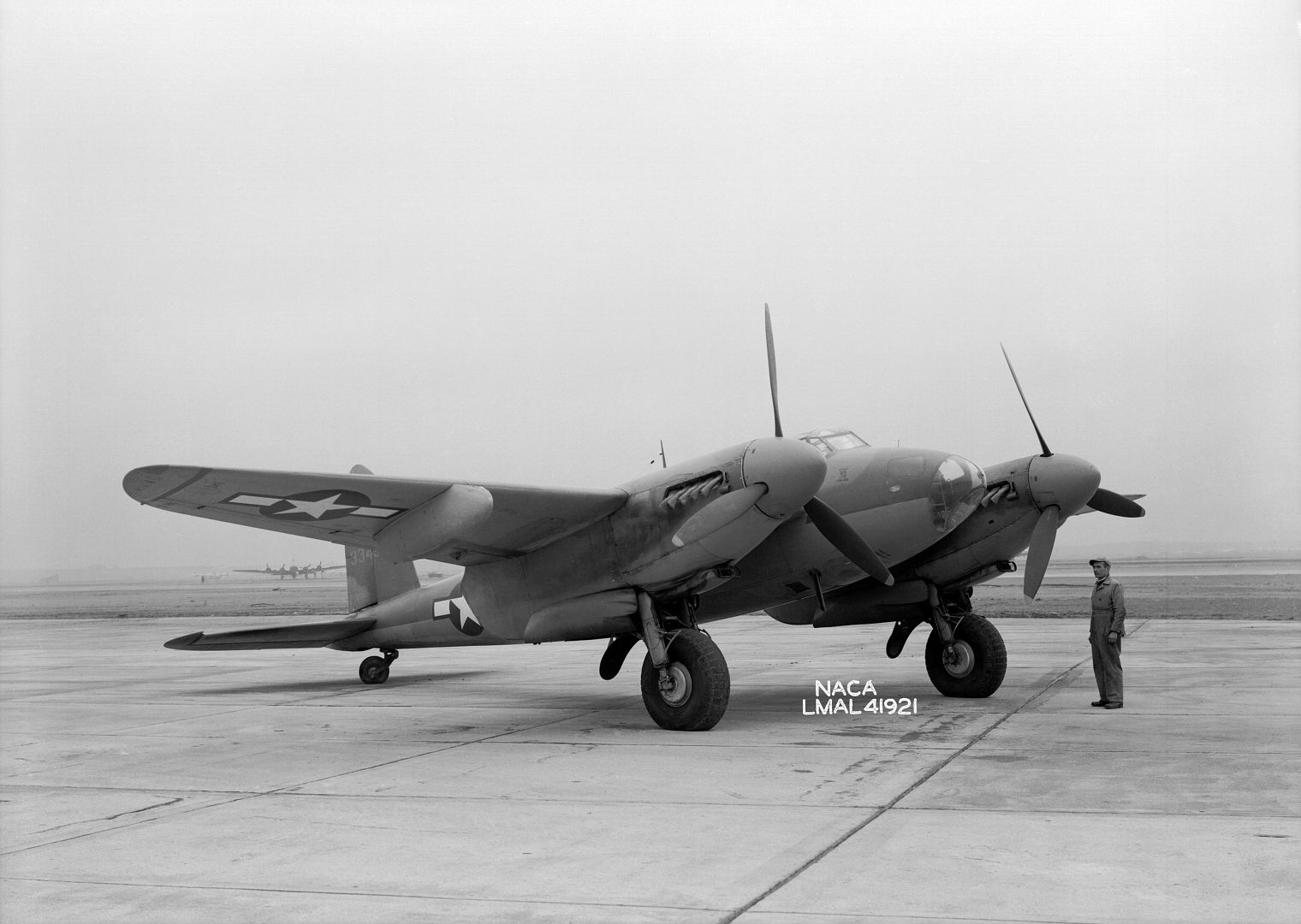
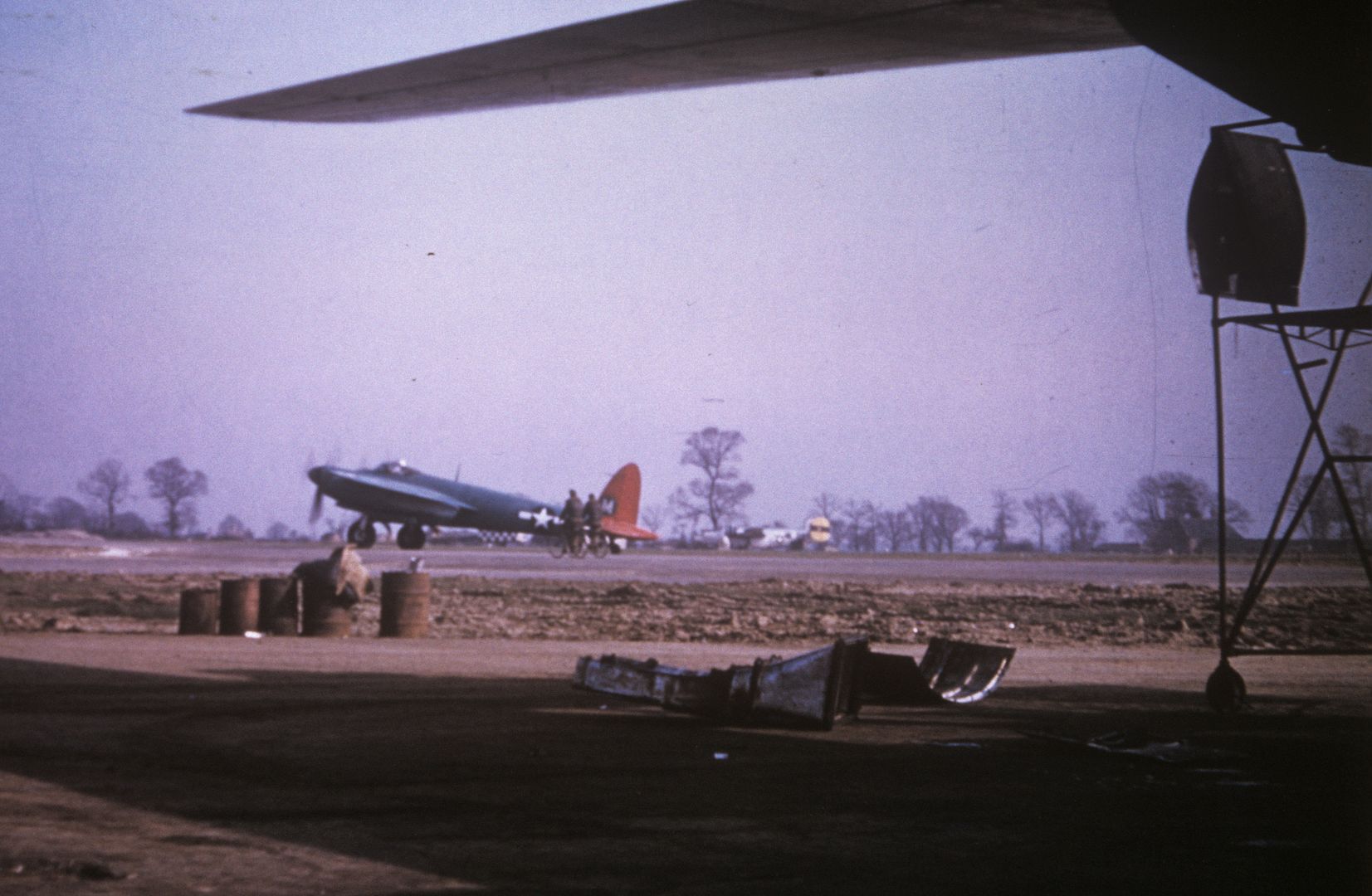
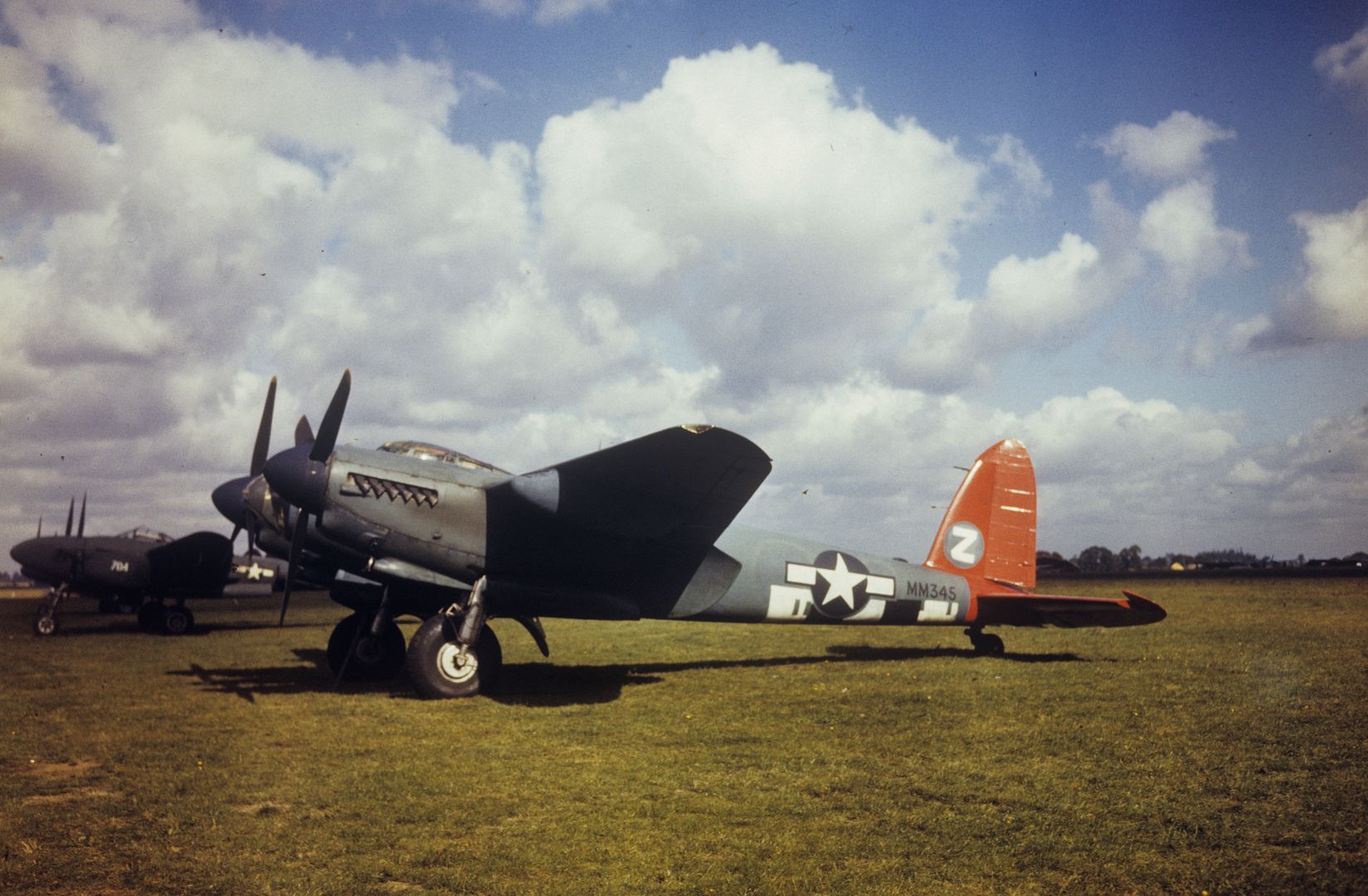
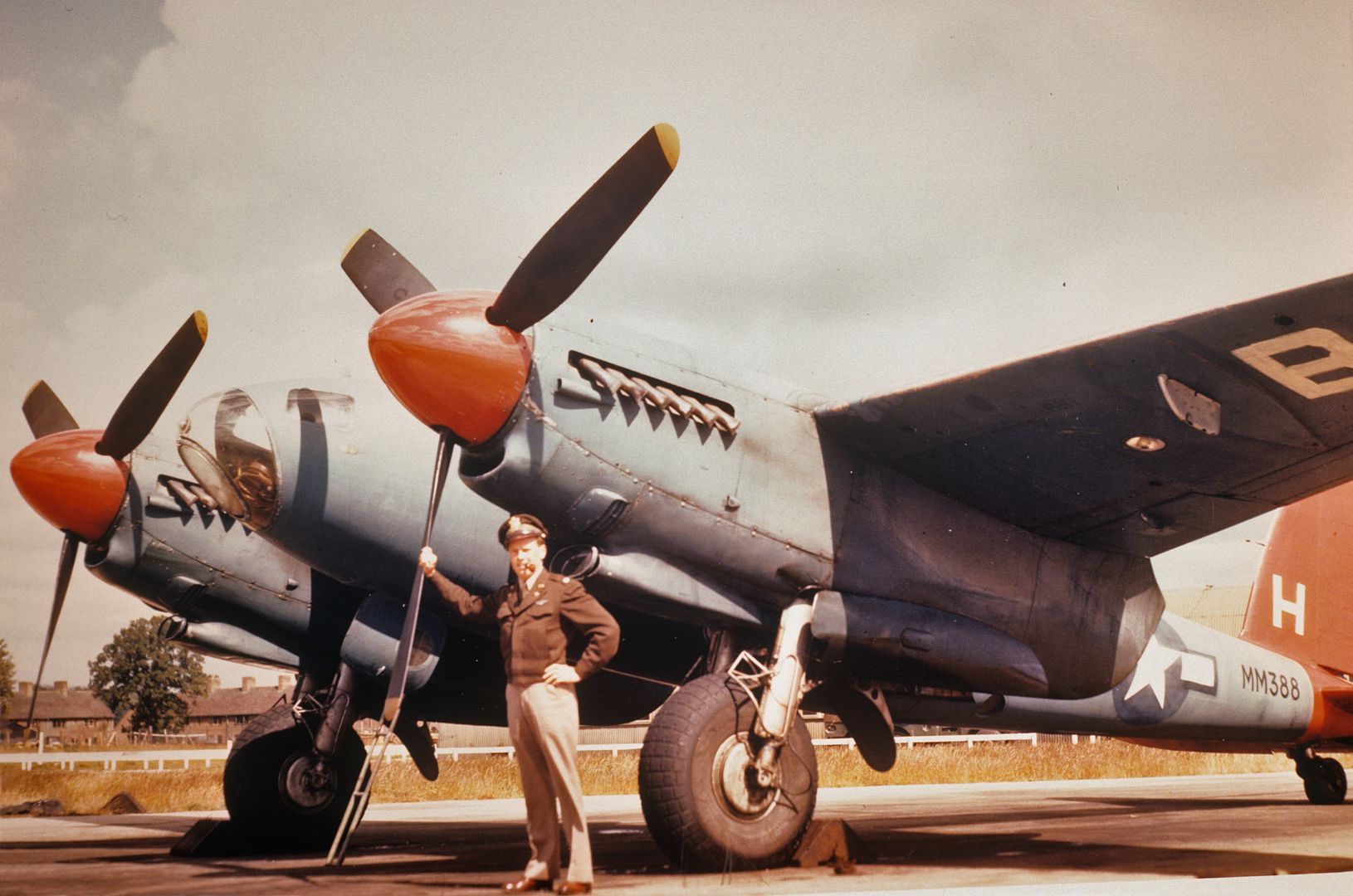
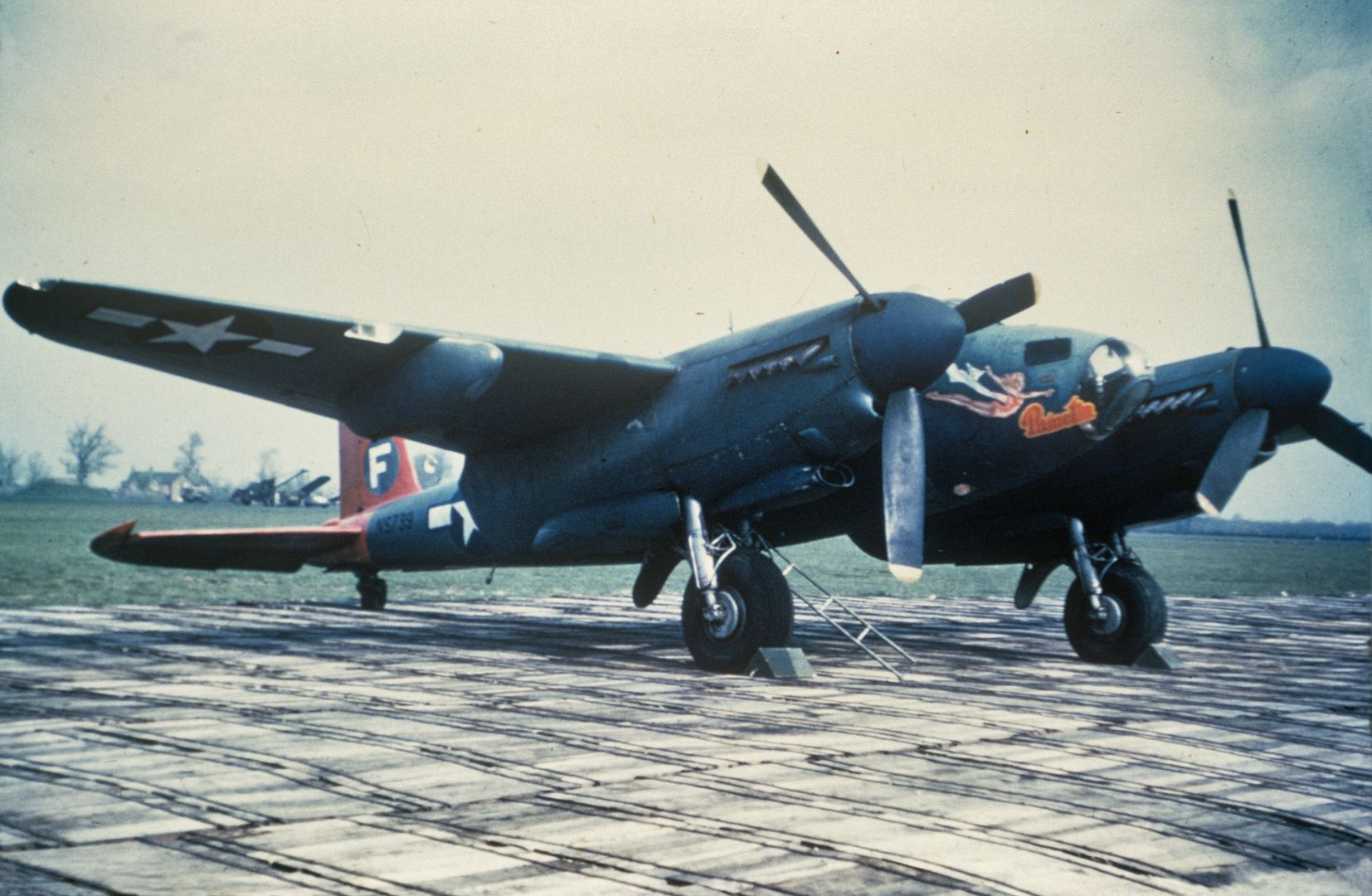


Regards Duggy
-
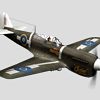 AdminNice shots and those 'Mickey ship' and 'Red Stocking' ops certainly sound interesting.
AdminNice shots and those 'Mickey ship' and 'Red Stocking' ops certainly sound interesting. -
 Main Adminnice shots indeed - and so many of them
Main Adminnice shots indeed - and so many of them
Post a reply
- Go to Previous topic
- Go to Next topic
- Go to Welcome
- Go to Introduce Yourself
- Go to General Discussion
- Go to Screenshots, Images and Videos
- Go to Off topic
- Go to Works in Progress
- Go to Skinning Tips / Tutorials
- Go to Skin Requests
- Go to IJAAF Library
- Go to Luftwaffe Library
- Go to RAF Library
- Go to USAAF / USN Library
- Go to Misc Library
- Go to The Ops Room
- Go to Made in Germany
- Go to Campaigns and Missions
- Go to Works in Progress
- Go to Juri's Air-Raid Shelter
- Go to Campaigns and Missions
- Go to Works in Progress
- Go to Skinpacks
- Go to External Projects Discussion
- Go to Books & Resources
